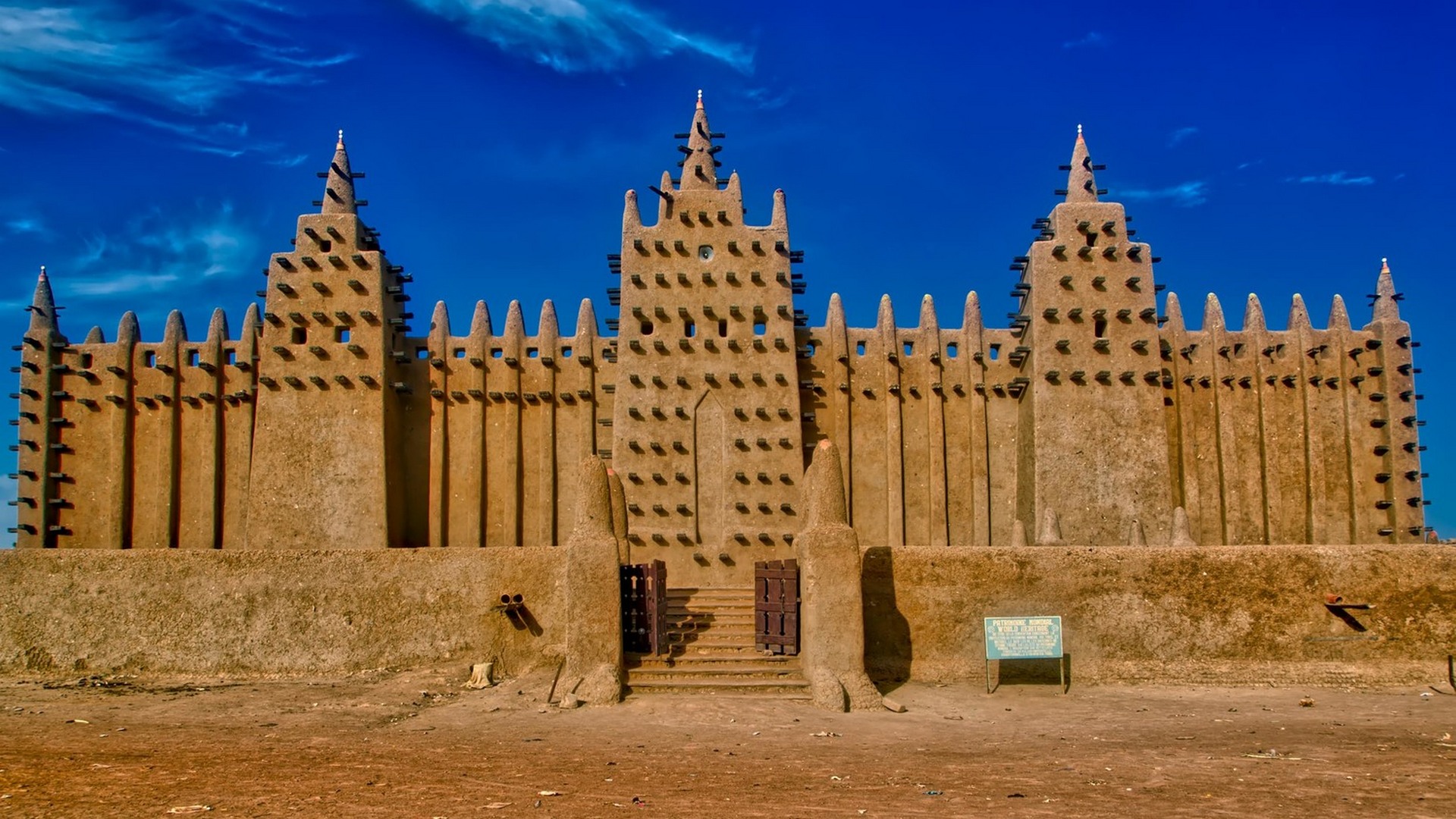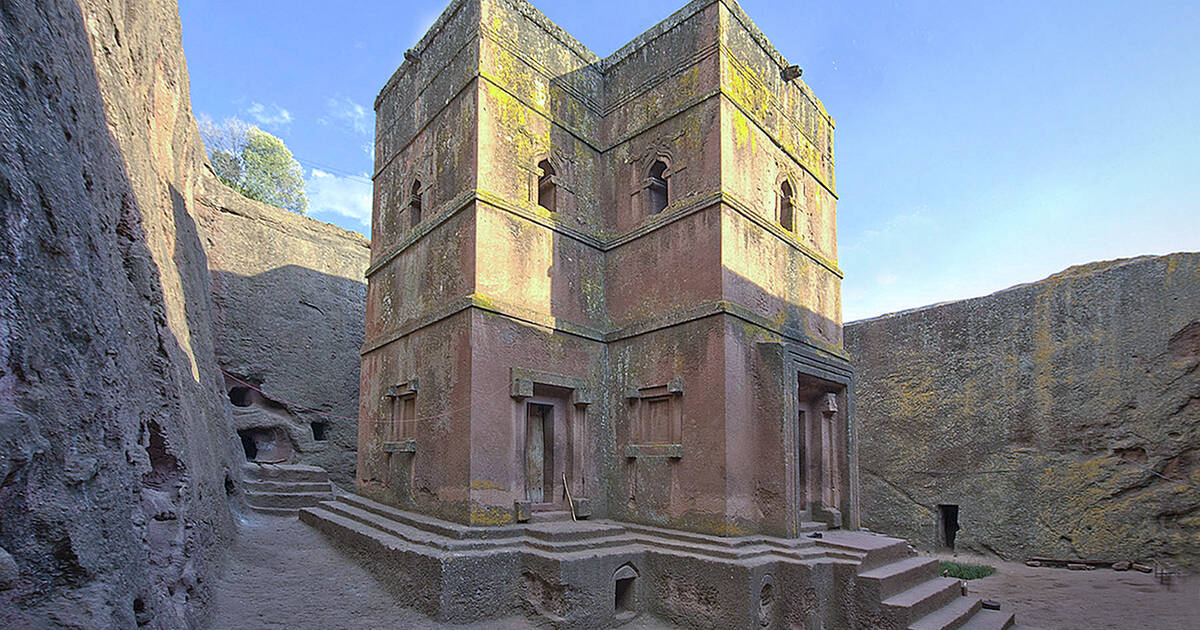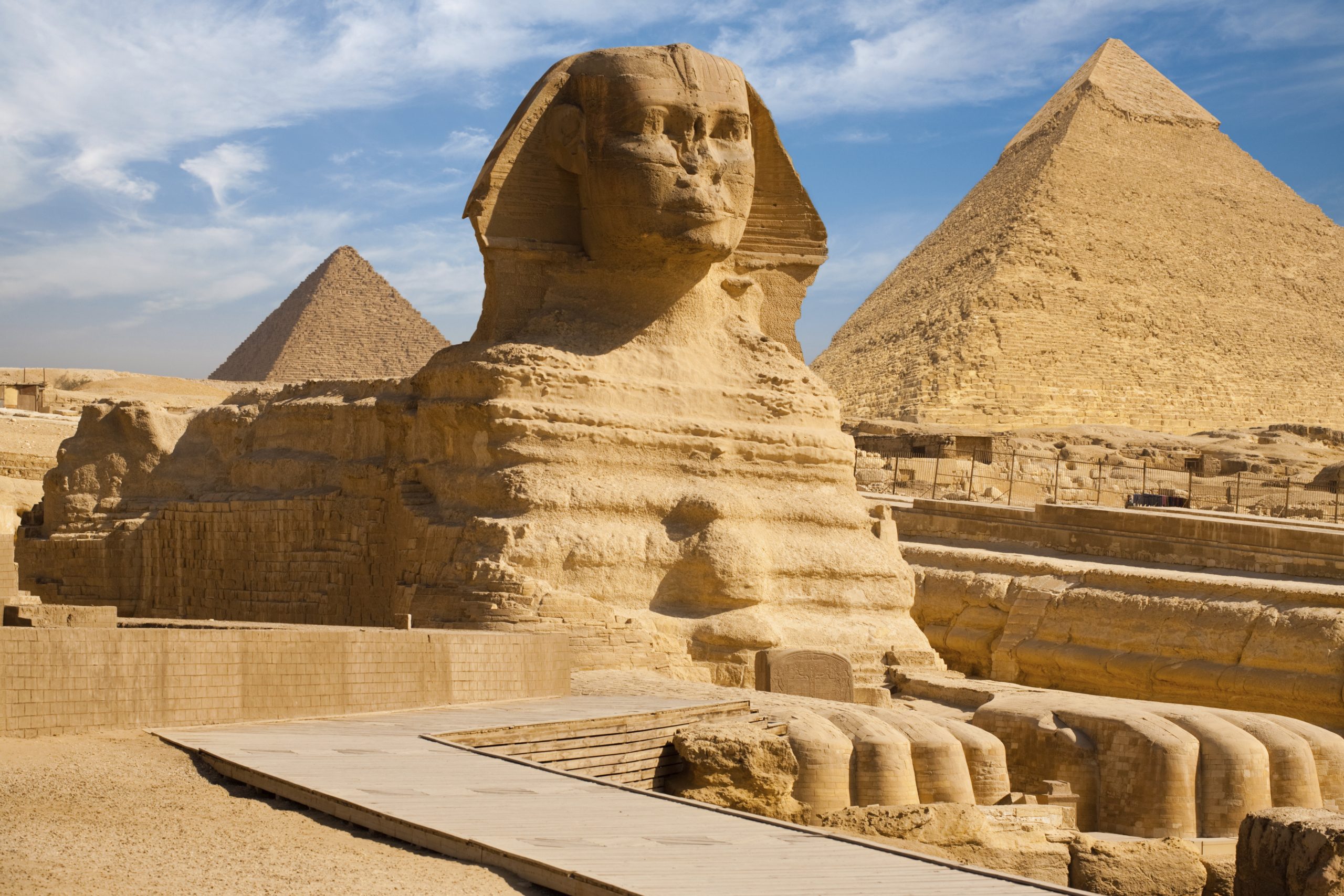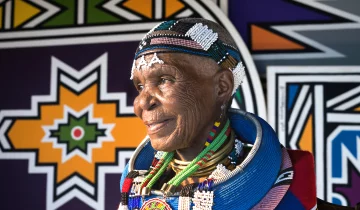African World Heritage Day: Celebrating Cultural Legacy
As the sun rises on the 5th of May, the world turns its attention to the vast and diverse continent of Africa, where a tapestry of cultures, traditions, and histories converge. African World Heritage Day, a celebration of the continent’s rich artistic and cultural legacy, serves as a timely reminder of the significance of preserving this cultural patrimony. This year, the theme of World Heritage Day 2023 is “Heritage Changes”, shining a light on the critical connection between climate action and cultural heritage.
The African continent is a treasure trove of artistic and cultural heritage. From the Egyptian Pyramids to the ancient city of Timbuktu, Africa’s iconic sites stand as testaments to the ingenuity, creativity, and resilience of its people. On this special day, we delve into the fascinating world of Africa’s cultural heritage and explore the increasingly pressing issue of climate change and its impact on these invaluable sites.
Exploring Africa’s iconic World Heritage sites
The African continent is home to numerous iconic World Heritage sites, each with its own unique story to tell. Among these, the Great Zimbabwe National Monument, the Egyptian Pyramids, Timbuktu, and Lalibela are but a few examples that highlight the richness of Africa’s history and culture.
The Great Zimbabwe National Monument, once the capital of the Kingdom of Zimbabwe, is a testament to the architectural prowess of the Shona people. Built between the 11th and 15th centuries, the monument remains the largest collection of ruins in Africa south of the Sahara. The intricate stonework and impressive scale of the structures have captivated the imaginations of generations, serving as a powerful symbol of African cultural heritage.
In Egypt, the Pyramids stand as monumental achievements of ancient human civilization. The Great Pyramid of Giza, the oldest and largest of the three pyramids, is the only surviving wonder of the ancient world. These colossal structures have long inspired awe and wonder, reminding us of the immense knowledge and skill possessed by the ancient Egyptians.
Timbuktu, the fabled city of gold, has a history that stretches back over a thousand years. Located in present-day Mali, it was once a vibrant hub of trade, knowledge, and culture. The city’s famed libraries housed countless manuscripts, covering subjects ranging from science to philosophy, and its numerous mosques stood as architectural marvels of the Islamic world.
Lalibela, a town in the Ethiopian highlands, is renowned for its monolithic rock-cut churches. Carved out of the earth in the 12th and 13th centuries, these extraordinary structures remain active places of worship and pilgrimage to this day. The churches of Lalibela are a testament to the artistic and engineering skill of the people of Ethiopia and serve as important symbols of the Christian heritage in Africa.

Impact of climate change on Africa’s World Heritage sites
Despite the enduring legacy of these remarkable sites, they are under threat from the relentless march of climate change. Rising sea levels, coastal erosion, desertification, and extreme weather events all pose significant risks to the preservation of Africa’s cultural heritage.
In the case of the Egyptian Pyramids, coastal erosion and rising sea levels are causing an alarming loss of archeological sites along the Nile Delta. The ancient city of Alexandria, which houses the ruins of the legendary Pharos Lighthouse and the ancient library, is at risk of being submerged under the Mediterranean Sea.
Similarly, Timbuktu faces the encroachment of the Sahara Desert as temperatures rise and the region becomes increasingly arid. The delicate earthen architecture of the city’s mosques and mausoleums is highly susceptible to damage from sandstorms and erosion.
The churches of Lalibela, too, are not immune to the impacts of climate change. As the Ethiopian highlands experience increasingly erratic rainfall patterns and prolonged droughts, the monolithic structures are at risk of destabilization due to shifting soil conditions and the threat of landslides.

Initiatives to preserve Africa’s cultural heritage amid climate change
In the face of these challenges, a concerted effort is being made by UNESCO, other organizations, and governments to preserve Africa’s cultural heritage. Conservation efforts have focused on implementing sustainable tourism practices, involving local communities, and fostering international cooperation.
UNESCO, through its World Heritage Centre, has initiated a range of projects to address the impacts of climate change on cultural heritage sites, such as the Climate Change Adaptation for African World Heritage Properties project. This initiative aims to strengthen the resilience of World Heritage sites in Africa by providing technical assistance, capacity building, and financial support to local communities and site managers.
Sustainable tourism practices play a crucial role in preserving Africa’s cultural heritage. By promoting responsible travel, educating visitors about the importance of heritage conservation, and supporting local businesses, the tourism industry can contribute to the preservation and appreciation of these invaluable sites.
Local community involvement and empowerment is another essential component of heritage preservation. By ensuring that communities benefit from the conservation efforts and tourism industry, local populations are more likely to take an active role in the protection and maintenance of these sites.
Finally, effective government policies and international cooperation are essential to address the complex challenges posed by climate change. By prioritizing the preservation of cultural heritage in national agendas and working together with international partners, countries can safeguard their priceless treasures for future generations.
Highlighting the artistic achievements and contributions of Africa
Africa’s cultural legacy is not only enshrined in its historical sites but also in its artistic achievements and contributions. From traditional arts and crafts to contemporary artists, Africa’s artistic landscape is as diverse as the continent itself.
Sculpture, textiles, pottery, and painting are just a few examples of traditional African arts and crafts that have been passed down through generations. These art forms often hold deep cultural and spiritual significance, reflecting the beliefs, values, and social structures of the societies that created them.
The influence of African art on the global art scene is undeniable. The vibrant colors, bold forms, and unique techniques of African art have inspired countless artists, from the cubist movement of the early 20th century to the contemporary art world.
Contemporary African artists, such as El Anatsui, Wangechi Mutu, and Yinka Shonibare, continue to explore the boundaries of artistic expression while drawing from their cultural heritage. Their works, which often engage with themes of identity, tradition, and social change, serve as powerful reminders of the importance of art in preserving cultural identity.
In conclusion, African World Heritage Day is a celebration of the continent’s rich cultural legacy and an opportunity to raise awareness about the impacts of climate change on these invaluable sites. As individuals and communities, we all have a role to play in preserving this precious heritage. By supporting local artists and craftspeople, engaging in sustainable tourism practices, and advocating for effective climate policies and international cooperation, we can contribute to the protection of Africa’s artistic and cultural treasures.
In the face of an uncertain future, the significance of Africa’s cultural heritage cannot be overstated. Its contributions to global history and culture serve as an enduring reminder of the continent’s resilience and creativity. As we celebrate African World Heritage Day, let us come together to ensure that this priceless legacy is preserved for generations to come.
Frequently Asked Questions
Q: What is African cultural day?
A: African World Heritage Day, celebrated on May 5th, is a day dedicated to raising awareness and appreciation for the rich cultural and historical heritage of the African continent. The day aims to promote the preservation of Africa’s unique artistic and cultural legacy, as well as address the challenges faced by these invaluable sites due to climate change and other factors.
Q: Why is Heritage Day celebrated?
A: Heritage Day is celebrated to recognize and honor the diverse cultural heritage of a nation, region, or the world as a whole. The day encourages people to learn about, appreciate, and preserve the historical and cultural sites, traditions, and art forms that contribute to the richness and diversity of human civilization.
Q: What to do on Heritage Day?
A: On Heritage Day, individuals and communities can participate in various activities to celebrate and promote cultural heritage. These activities may include visiting historical and cultural sites, attending exhibitions, workshops, and performances, engaging with local artists and craftspeople, and learning about the history and culture of a specific region. Additionally, one can participate in sustainable tourism practices and support initiatives that promote the preservation of cultural heritage.
Q: When did Heritage Day start in South Africa?
A: Heritage Day in South Africa was first celebrated on September 24th, 1995. The day was introduced by the post-apartheid South African government as a way to promote national unity and celebrate the diverse cultural heritage of the country’s various communities.
Q: Who came up with Heritage Day?
A: Heritage Day, as a global concept, originated with the International Day for Monuments and Sites, established by the International Council on Monuments and Sites (ICOMOS) in 1982. The day was later endorsed by UNESCO in 1983, and it is now celebrated annually on April 18th. However, specific countries or regions, such as South Africa, may have their own designated Heritage Day to celebrate their unique cultural heritage.





 No products in the basket.
No products in the basket.